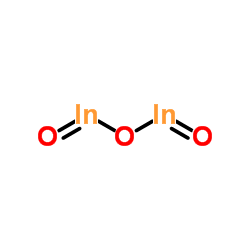| Structure | Name/CAS No. | Articles |
|---|---|---|
 |
Cadmium oxide
CAS:1306-19-0 |
|
 |
Indium Oxide
CAS:1312-43-2 |